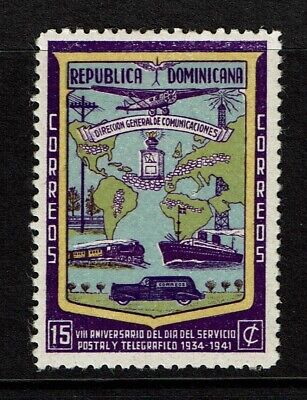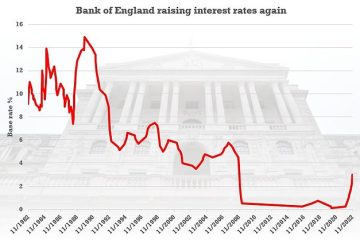Exploring the Vibrant Culture and Beauty of the Dominican Republic

Introduction
The Dominican Republic, occupying the eastern two-thirds of the island of Hispaniola, is a Caribbean nation known for its stunning beaches, rich cultural heritage, and diverse ecosystems. As the most popular tourist destination in the Caribbean, its importance extends beyond tourism, influencing regional economics, culture, and biodiversity.
Tourism and Economy
In recent years, the Dominican Republic has seen a remarkable growth in tourism, leading to a boost in the economy. According to the country’s Central Bank, tourism contributed nearly 17% of the Dominican Republic’s gross domestic product (GDP) in 2022. With its pristine beaches in Punta Cana, historical sites in Santo Domingo, and natural landmarks like the Pico Duarte, it attracts millions of visitors annually.
In response to the increasing tourist influx, the Dominican government has invested in infrastructure improvements, enhancing airports and public transport systems to facilitate easier access to major attractions. This also includes promoting sustainable tourism practices to protect its natural resources.
Cultural Significance
The Dominican Republic is a melting pot of cultures, influenced by indigenous Taíno people, European colonisation, and African heritage. Through its music, dance, and festivals, such as Merengue and Bachata, the country expresses its vibrant culture, which is celebrated on national and international stages. The influence of Dominican art and literature continues to grow, showcasing the rich narratives and history of the nation. With the cultural capital of Santo Domingo recognized as a UNESCO World Heritage site, the preservation and promotion of its historical architecture are paramount.
Environmental Challenges
Despite its beauty and economic potential, the Dominican Republic faces significant environmental challenges, including deforestation, beach erosion, and the impact of climate change. The government and various organisations are working to address these issues by promoting sustainable practices and conservation programs to protect its natural landscapes and biodiversity.
Conclusion
The Dominican Republic stands as a testament to the harmonious blend of natural beauty and vibrant culture. Its significance to the Caribbean region is not only due to its economic contribution through tourism but also its role as a cultural beacon. As the country continues to navigate its environmental challenges, maintaining its rich heritage while promoting sustainable tourism will be vital for future generations. For readers, understanding the Dominican Republic offers a glimpse into one of the region’s most dynamic countries, reflecting both the beauty and complexities of Caribbean life.









